In the intricate tapestry of natural landscapes, snakes navigate diverse environments with remarkable precision when seeking shelter. These reptiles, representing over 3,000 species worldwide, have developed sophisticated strategies for selecting refuge across varied terrains. From dense forests to arid deserts, rocky outcrops to grasslands, snakes make calculated decisions about where to rest, hide, and protect themselves from predators and environmental extremes. Their shelter choices reflect millions of years of evolutionary adaptation, balancing immediate safety needs with thermoregulation requirements and hunting opportunities. Understanding how snakes select shelter in mixed terrain not only reveals fascinating aspects of reptilian behavior but also provides crucial insights for conservation efforts and human-wildlife coexistence strategies.
Thermoregulation: The Primary Driver

As ectothermic creatures, snakes rely entirely on external heat sources to regulate their body temperature, making shelter selection critically tied to thermoregulation needs. In mixed terrain environments, snakes actively seek microhabitats that offer optimal thermal conditions, often shuttling between sunny and shaded areas throughout the day. During cooler months, many species prioritize shelters with southern exposures that capture maximum sunlight, while in extreme heat, they select cooler, north-facing refuges or underground burrows that maintain stable temperatures. This temperature-seeking behavior explains why snakes in varied landscapes might choose seemingly unusual locations—a python nestled in a sun-warmed rock crevice during winter or a rattlesnake retreating deep into limestone caves during scorching summer days. The constant quest for thermal balance drives much of their movement patterns and shelter selection across different habitat types.
Protection from Predators
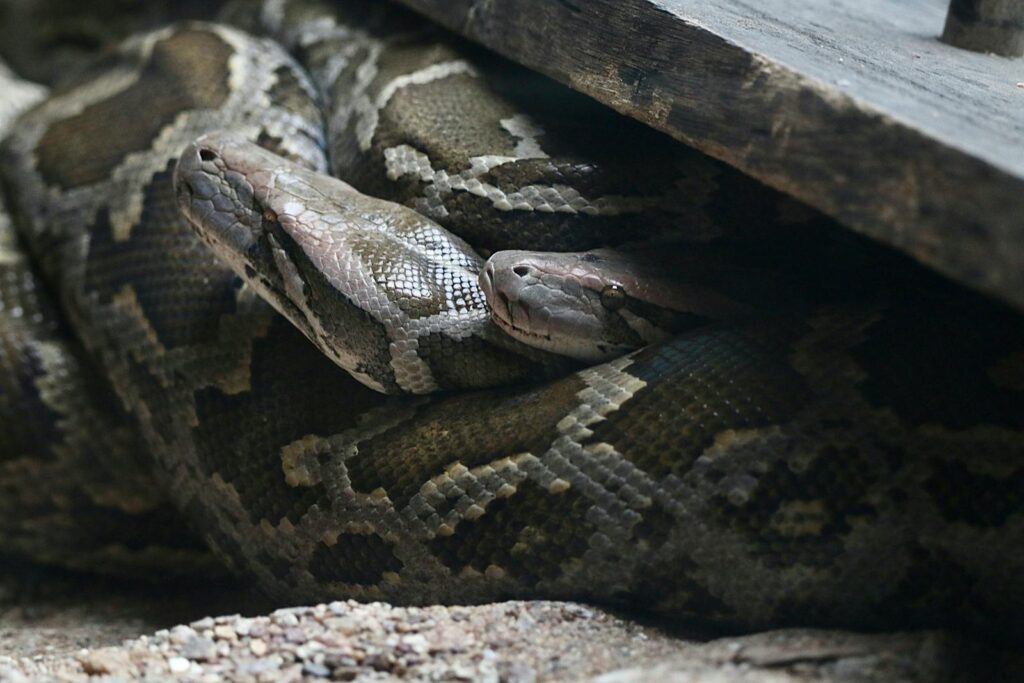
Predator avoidance significantly influences how snakes select shelter in heterogeneous landscapes, with many species demonstrating remarkable awareness of their vulnerability. Snakes typically favor shelters with multiple escape routes or those providing concealment from aerial predators like hawks and ground hunters such as mongooses. In mixed terrain, they often choose locations where their natural camouflage works most effectively—forest-dwelling vipers may select leaf litter that matches their patterning, while desert species prefer sandy or rocky shelters complementing their coloration. Complex microhabitats like rock piles, hollow logs, or dense vegetation offer optimal protection by providing both visual concealment and physical barriers against predators. Research has demonstrated that snakes will often abandon otherwise suitable thermal environments if predation risk is too high, highlighting the critical balance between thermoregulation needs and safety considerations when selecting shelter.
Seasonal Shelter Variations
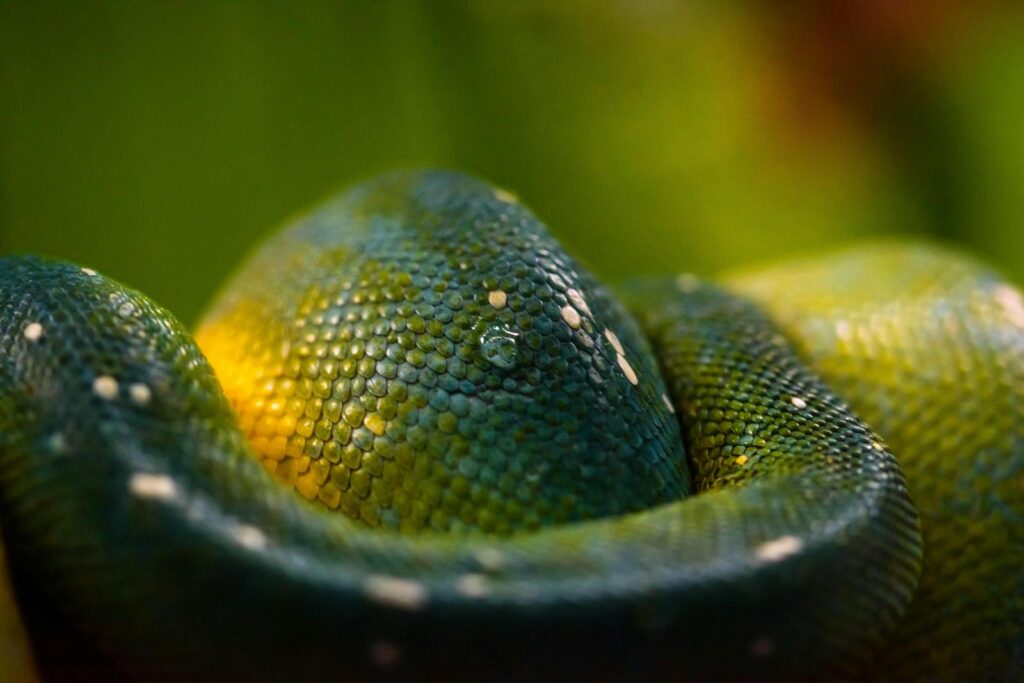
Snake shelter preferences undergo dramatic shifts with changing seasons, particularly in regions with distinct temperature variations throughout the year. During winter months in temperate zones, many species seek deep, stable hibernacula that protect them from freezing temperatures—often communally gathering in rock crevices, abandoned mammal burrows, or natural cavities below the frost line. Spring emergence triggers more dynamic shelter-seeking behavior, with snakes often selecting transitional refuges that allow quick access to both warming sun and protective cover. Summer months typically see nocturnal activity patterns emerge in hotter climates, with snakes sheltering during daylight hours in cool, humid locations like rotting logs or underground burrows. Fall brings preparation for winter dormancy, with snakes gradually moving toward winter den sites while taking advantage of warm autumn days for final feeding opportunities. These seasonal adaptations demonstrate the remarkable flexibility in shelter selection across mixed terrain environments.
Humidity Requirements
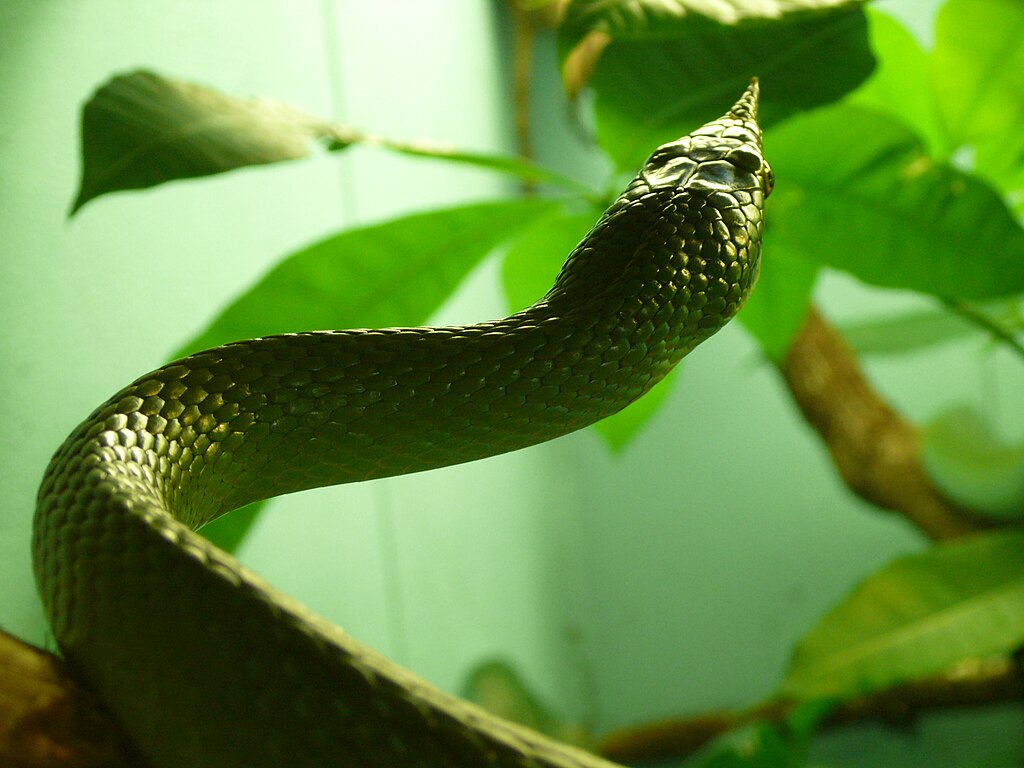
Water balance plays a crucial but often overlooked role in snake shelter selection, with different species having evolved specific humidity preferences. Forest-dwelling species typically require higher humidity levels and often select shelters that maintain moisture, such as rotting logs, densely vegetated areas, or spaces beneath damp leaf litter. In contrast, desert-adapted snakes have evolved to conserve water and may seek microhabitats that minimize evaporative water loss while still meeting thermoregulation needs. Many species time their movements between shelters to coincide with humidity fluctuations, emerging after rainfall when ambient humidity is higher. In mixed terrain environments where moisture gradients exist, snakes demonstrate remarkable precision in selecting shelters with appropriate humidity levels, sometimes traveling significant distances to locate the ideal microhabitat that balances their temperature and moisture requirements.
Substrate Preferences
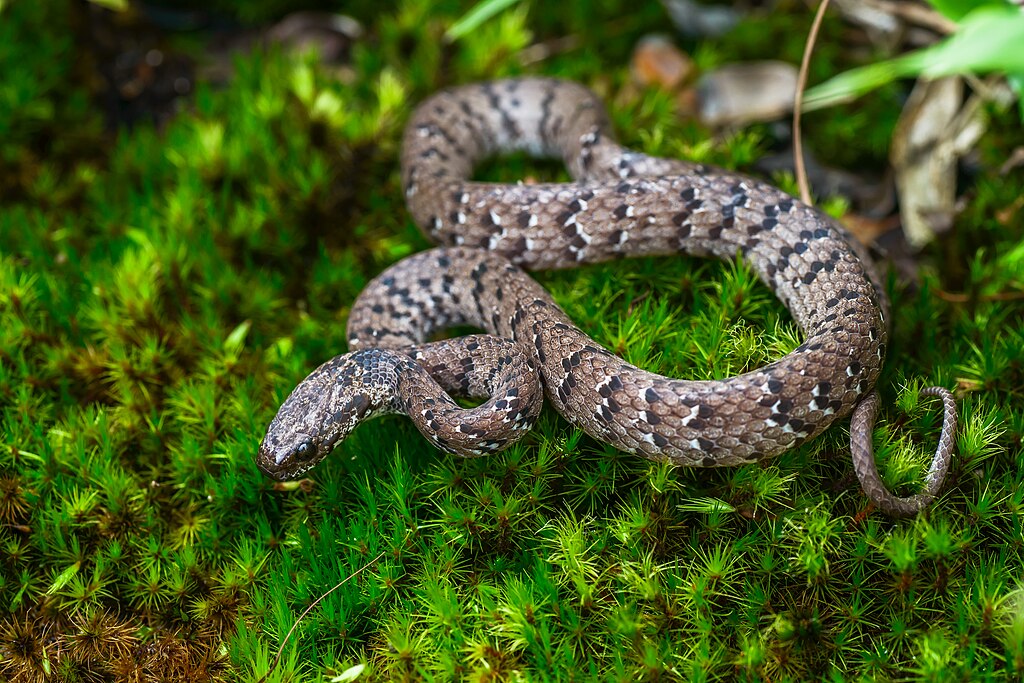
The physical characteristics of ground materials significantly influence snake shelter selection, with different species showing clear preferences for particular substrates. Burrowing specialists like sand boas prefer loose, easily manipulated substrates that allow them to create their own shelters by digging. Rock-dwelling species have adapted to navigate tight crevices and often select rocky outcrops that provide both thermal benefits and protection from predators. Forest snakes frequently utilize leaf litter and organic debris, which offers excellent camouflage and maintains consistent humidity levels. In mixed terrain environments, substrate transitions create unique microhabitats that some snake species specifically target—the junction between sandy and rocky areas, for instance, may provide ideal shelter conditions that combine elements from multiple habitat types. Research has shown that substrate texture, stability, and composition all factor into shelter decision-making processes, with snakes often demonstrating consistent preferences when given choices in experimental settings.
Proximity to Water Sources
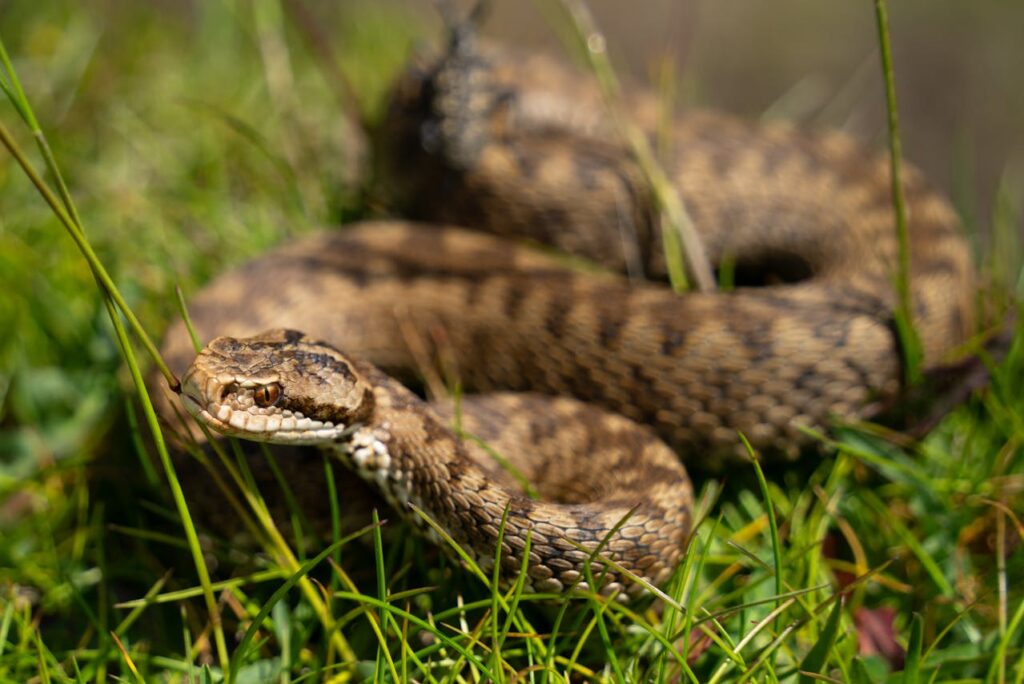
Access to water significantly influences shelter selection for many snake species, particularly in arid or seasonally dry mixed terrain environments. Semi-aquatic species like water snakes (Nerodia) naturally establish shelters near permanent water bodies, utilizing bankside vegetation, root systems, or underwater refuges that allow quick escape from predators. Even predominantly terrestrial species often select shelters within reasonable traveling distance to water sources, particularly during drought conditions. In mixed landscapes where water availability fluctuates, snakes demonstrate remarkable adaptability, sometimes shifting their entire shelter range to maintain access to diminishing water resources. Research tracking snake movements in heterogeneous habitats has revealed that individuals may undertake lengthy journeys from preferred thermal shelters specifically to access water, returning to their established refuges afterward. This water-seeking behavior becomes especially pronounced during breeding seasons when hydration needs increase, demonstrating how multiple factors simultaneously influence shelter selection in complex environments.
Food Availability Considerations
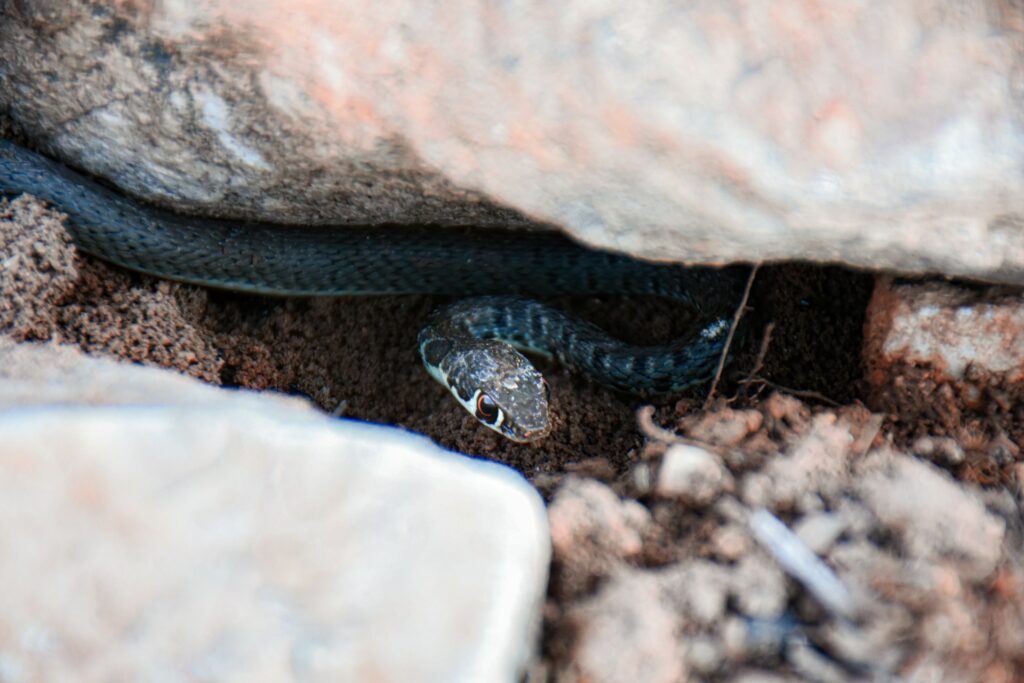
Proximity to prey resources significantly influences shelter selection, with many snake species establishing refuges strategically positioned near feeding grounds. Ambush predators like vipers and pythons often select shelters along known prey movement corridors, allowing them to conserve energy while maintaining hunting opportunities. Active foragers such as racers and rat snakes typically choose central shelters that provide access to multiple hunting territories, minimizing travel distances between feeding expeditions. In mixed terrain environments, ecotones—transition zones between habitat types—often offer particularly advantageous shelter locations due to their typically higher prey diversity and abundance. Research using radio telemetry has demonstrated that snakes frequently reject otherwise suitable shelters if they’re located too far from reliable food sources, highlighting the critical balance between safety, thermoregulation, and feeding opportunities. During periods of food scarcity, some species even shift their shelter preferences to prioritize proximity to remaining prey populations, demonstrating remarkable behavioral flexibility.
Competition for Prime Shelters
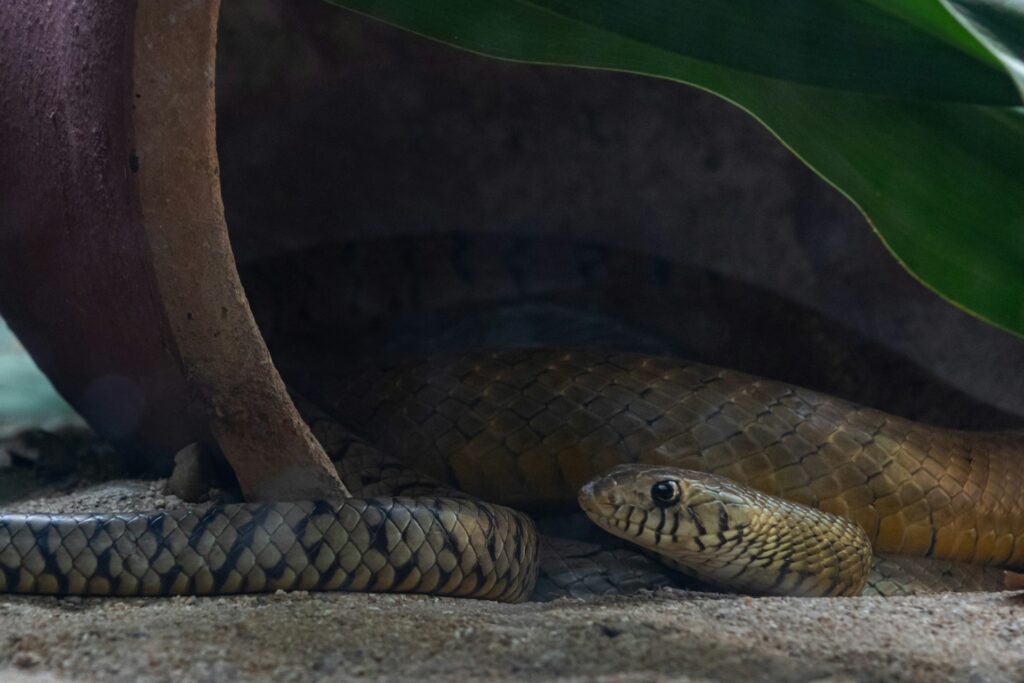
In diverse landscapes where optimal shelter sites may be limited, competition among snakes and other wildlife can significantly influence refuge selection patterns. Prime shelters offering ideal thermal properties, predator protection, and proximity to resources often become contested spaces, particularly in regions with high snake population density. Larger or more aggressive individuals typically dominate preferred sites, forcing subordinate snakes to utilize suboptimal alternatives or modify their activity patterns to access high-quality shelters when dominant individuals are absent. In some ecosystems, different snake species have evolved temporal partitioning strategies, using the same shelter sites at different times to minimize direct competition. Interspecific competition extends beyond other snakes to include mammals, lizards, and amphibians that utilize similar microhabitats for refuge. Research in mixed terrain environments has documented complex shelter-switching behaviors that appear driven by competitive pressures, demonstrating how social dynamics influence spatial ecology even among typically solitary reptiles.
Reproductive Considerations
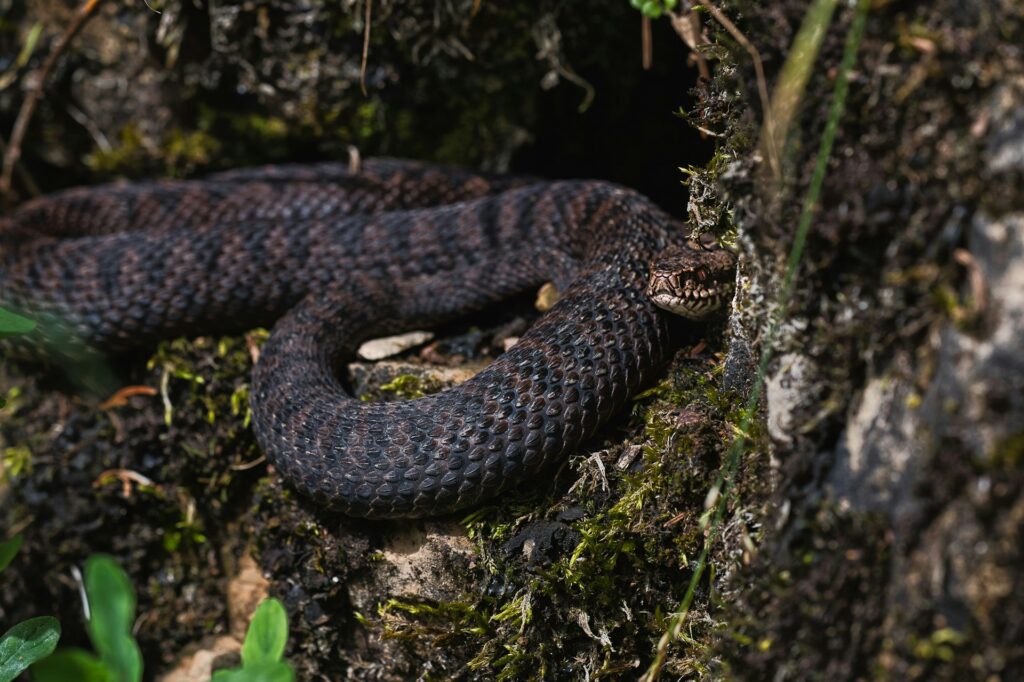
Breeding behavior dramatically influences shelter selection patterns, particularly for female snakes approaching egg-laying or live birth. Gravid females often shift their shelter preferences to prioritize safety and optimal incubation conditions, sometimes abandoning otherwise preferred territories to access specialized birthing sites. In oviparous (egg-laying) species, females may travel significant distances across mixed terrain to locate shelters with appropriate substrate moisture, temperature stability, and protection for egg deposition. Viviparous (live-bearing) species typically select shelters offering enhanced thermoregulation opportunities, allowing precise control of embryonic development temperatures. Male snakes also modify their shelter-seeking behavior during breeding seasons, often selecting refuges that maximize encounters with receptive females rather than optimizing for personal safety or thermal preferences. In heterogeneous landscapes, these reproductive imperatives create distinct seasonal patterns in shelter utilization that may appear counterintuitive when viewed solely through the lens of individual survival needs.
Human-Modified Environments
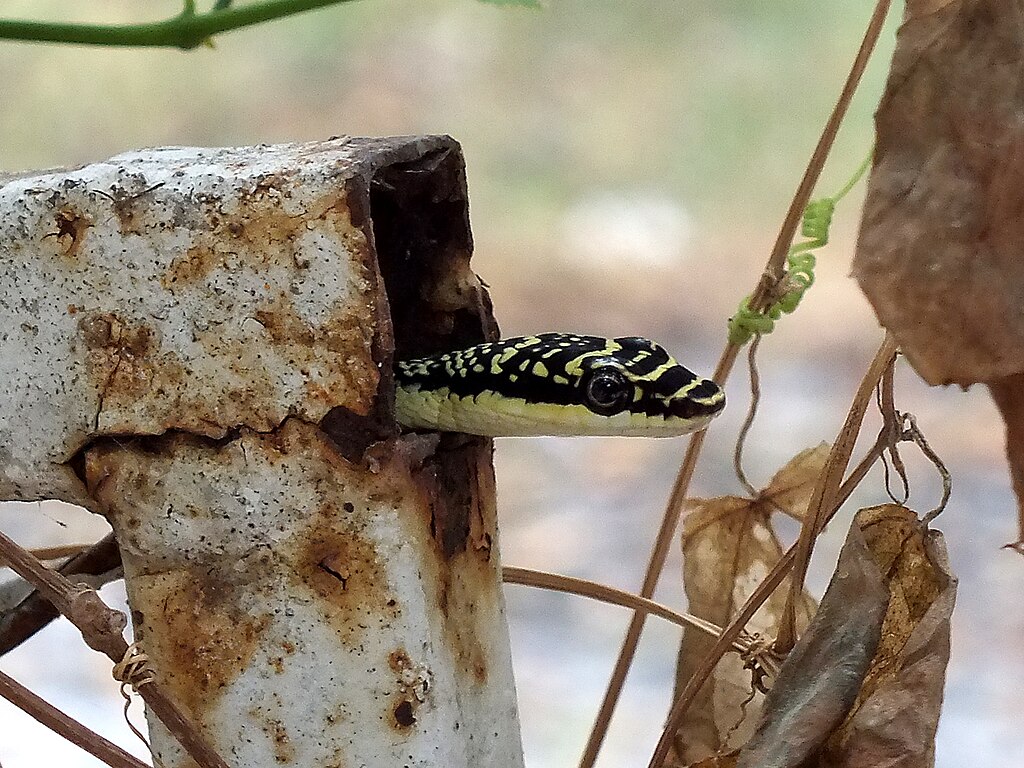
As natural landscapes increasingly transform through human development, snakes demonstrate remarkable adaptability in utilizing artificial structures for shelter across mixed terrain environments. Many species readily adopt man-made alternatives when natural refuges become scarce, sheltering beneath buildings, in drainage systems, or among construction debris that mimics natural microhabitat conditions. Agricultural modifications create novel shelter opportunities, with species like rat snakes frequently utilizing barn structures, hay bales, or irrigation systems that offer both protection and proximity to rodent prey. Urban environments present unique challenges, yet adaptable species navigate these complex landscapes by selecting remnant natural patches or exploiting structural similarities between artificial features and natural shelters. Research tracking snake movements through developed areas has revealed sophisticated navigation between fragmented habitat patches, with individuals often establishing primary shelters in protected natural areas while utilizing human-modified features as temporary refuges during foraging expeditions. This adaptability highlights the remarkable behavioral plasticity that allows some snake species to persist even in dramatically altered landscapes.
Site Fidelity and Home Range
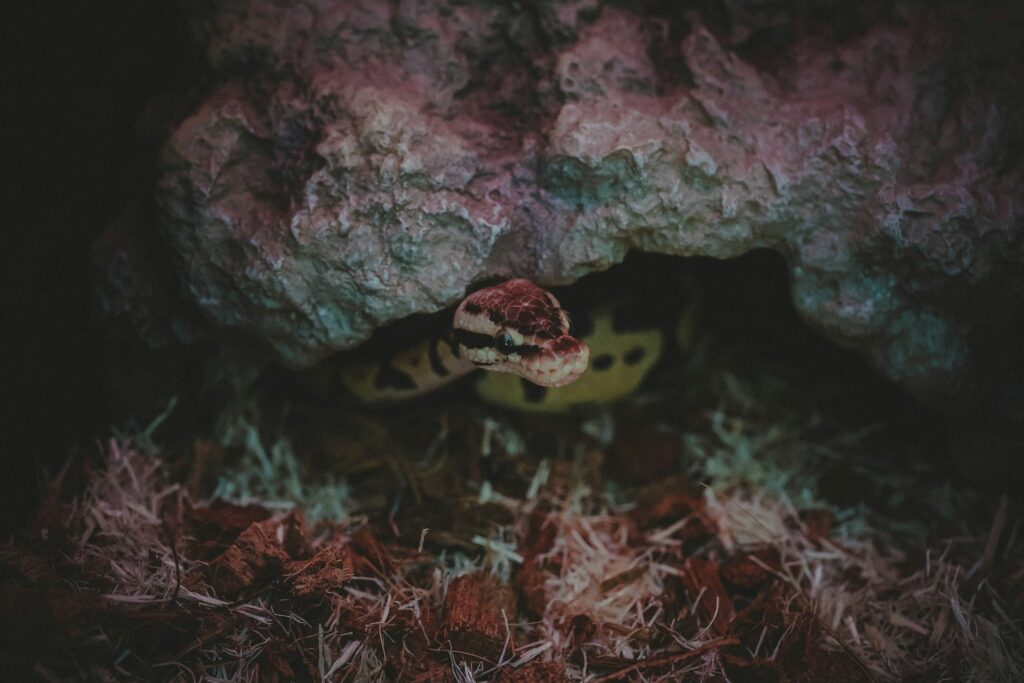
Many snake species demonstrate surprising loyalty to particular shelter sites within their home range, returning repeatedly to preferred refuges even after extended absences. This shelter fidelity appears particularly strong for hibernacula and summer retreats that offer exceptional thermal properties or protection, with some individuals documented using the same primary shelters across multiple years. In mixed terrain environments, snakes typically establish a network of reliable refuges throughout their territory, moving between them in patterns that optimize thermoregulation while maintaining access to hunting grounds. The size and complexity of these shelter networks vary considerably by species, habitat type, and individual size, with larger snakes generally maintaining more extensive ranges encompassing diverse shelter options. Radio-tracking studies have revealed that many species develop mental maps of their territory, navigating efficiently between known shelter locations rather than randomly searching for new refuges. This cognitive spatial awareness allows snakes to respond rapidly to changing conditions by selecting the most appropriate shelter from their known repertoire, demonstrating sophisticated decision-making beyond simple environmental responses.
Natural Disasters and Shelter Adaptation
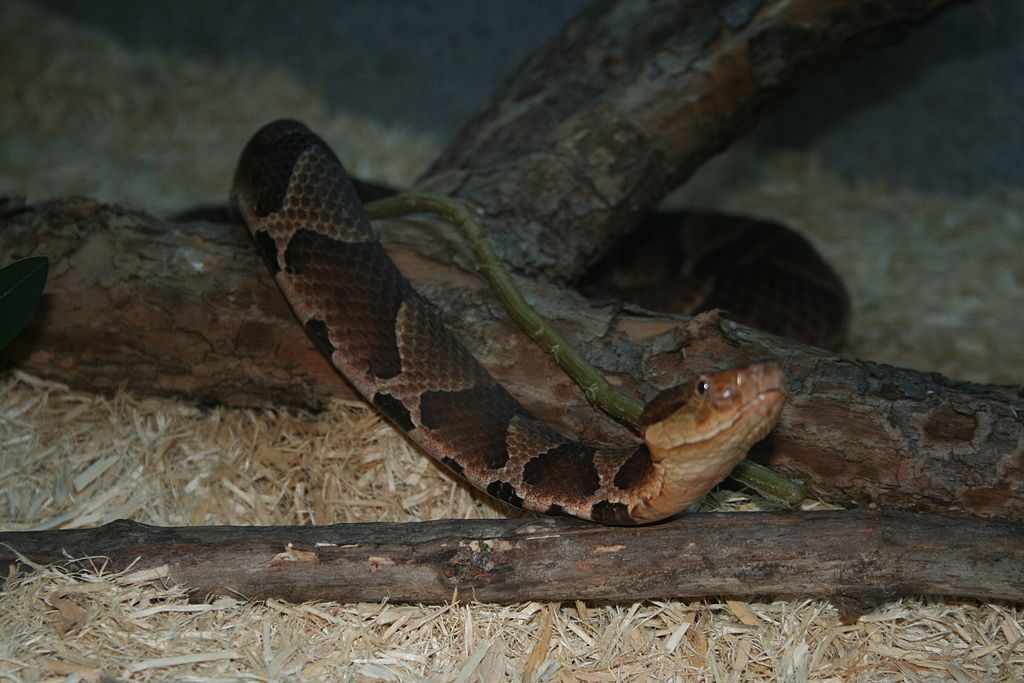
Environmental disturbances such as wildfires, floods, and storms dramatically alter available shelter options, forcing snakes to demonstrate remarkable adaptability in refuge selection. Following wildfires, many species initially relocate to unburned patches or underground refuges that escaped the flames, gradually returning to burned areas as vegetation regenerates and creates new microhabitat opportunities. Flooding events trigger vertical movement patterns, with snakes abandoning low-lying shelters for elevated refuge sites in trees, bluffs, or artificial structures until waters recede. Research tracking snake populations through major disturbance events has documented surprising resilience, with individuals quickly identifying and utilizing novel shelter opportunities created by fallen trees, debris piles, or erosion features. In mixed terrain environments, landscape heterogeneity often provides critical shelter refugia during catastrophic events, highlighting the conservation value of maintaining habitat complexity. Some species even appear to anticipate environmental changes, with documented cases of snakes abandoning floodplain shelters days before rising waters arrive, suggesting sophisticated environmental monitoring capabilities that inform shelter selection.
Conservation Implications

Understanding snake shelter selection patterns carries profound implications for conservation strategies, particularly as habitat fragmentation and climate change increasingly threaten reptile populations worldwide. Conservation efforts now frequently include the creation or preservation of key microhabitats known to provide essential shelter functions, such as rock outcroppings, fallen timber, or specific vegetation structures that offer thermal refuges. Corridor design for wildlife connectivity increasingly considers the specific shelter requirements of target snake species, ensuring that individuals can safely travel between habitat patches while accessing adequate refuge along the journey. In restoration projects, knowledge of species-specific shelter preferences guides the physical restructuring of degraded landscapes, often incorporating artificial refuges as transitional habitat features until natural elements mature. Climate change adaptation strategies now recognize the critical importance of thermal shelter diversity, with conservation plans increasingly emphasizing the protection of cool refugia that may become essential as regional temperatures rise. By recognizing the sophisticated shelter selection processes that snakes employ, conservation biologists can better design interventions that support these remarkable reptiles across increasingly challenging environmental conditions.
Snake shelter selection represents a masterclass in behavioral adaptation, balancing multiple competing needs through sophisticated decision-making processes. As we continue to unravel the complex factors that guide these choices, we gain not only deeper appreciation for reptilian ecology but also valuable insights that can inform wildlife management and conservation strategies. In a world of increasing habitat transformation and climate uncertainty, understanding how these ancient predators navigate their environment becomes increasingly important for ensuring their continued survival across Earth’s diverse landscapes.





